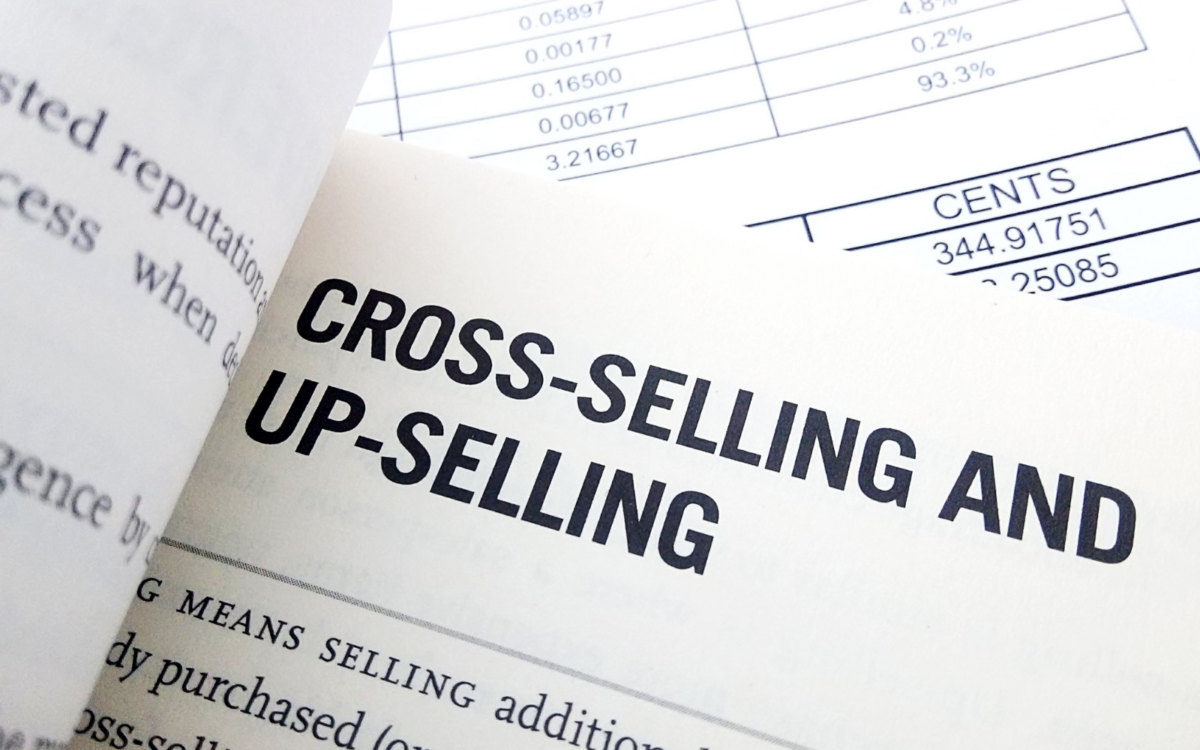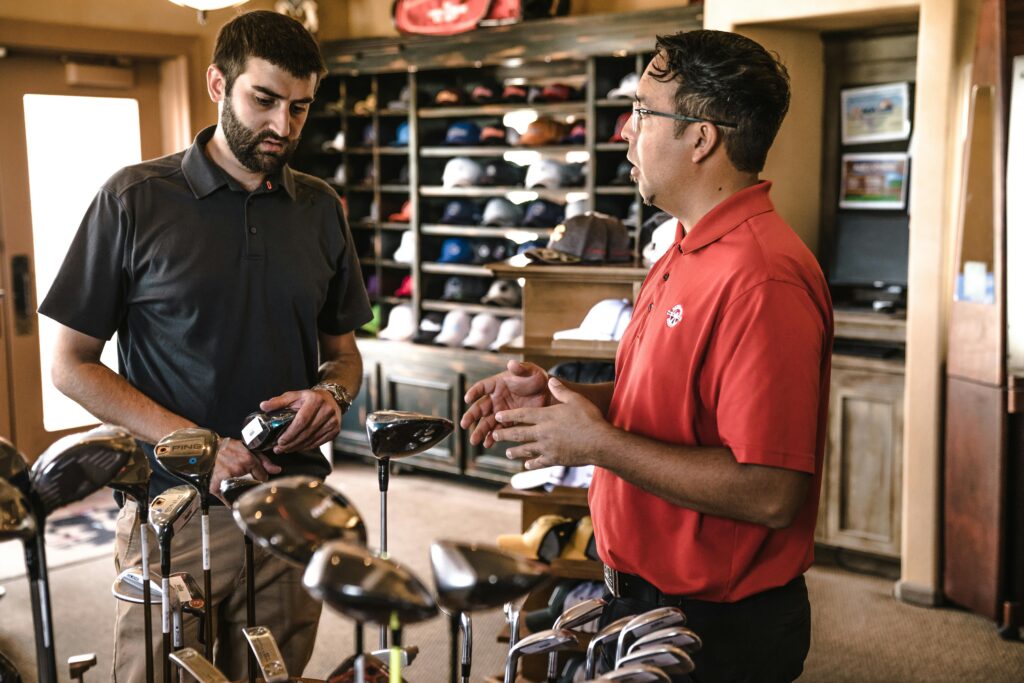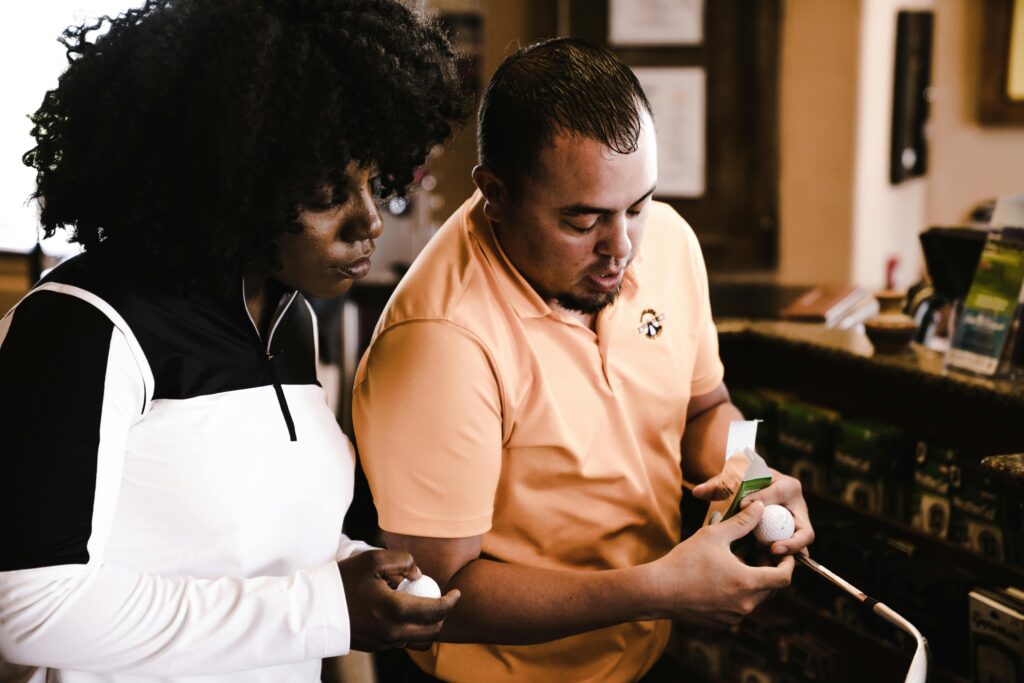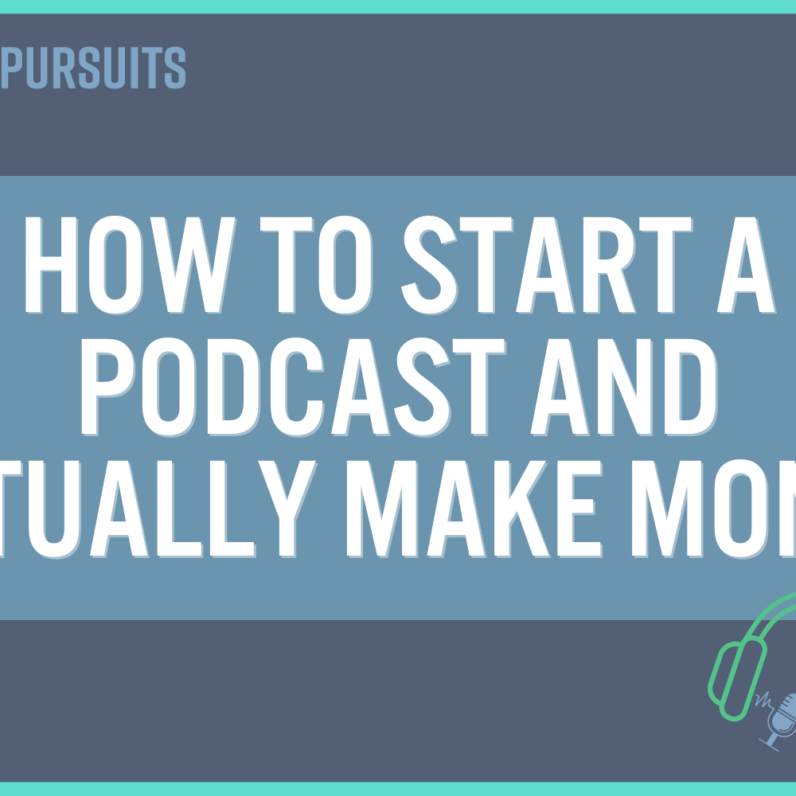Upselling vs Cross Selling: Which is The Best Sales Strategy?

When you buy something through one of the links on our site, we may earn an affiliate commission.
What's the difference between upselling vs cross-selling, and which sales strategy is best for your business?
As a business owner, you can serve your customers in various ways, including upselling and cross-selling.
Many times, people think they are one and the same.
But they aren't, and in this post, I'll explain why.
In this article, you will dive into upselling vs cross-selling to uncover:
- The differences between upselling vs cross-selling
- How upselling works and how cross-selling works
- Examples of upselling and cross-selling opportunities, and
- What you should and should not upsell or cross-sell.
Let's look closer at upselling vs cross-selling so you understand how each sales technique works.
Contents
- What Is The Difference Between Upselling vs Cross-Selling?
- What is Upselling?
- What is Cross-Selling?
- How to Upsell?
- How to Cross-Sell?
- Cross-Selling Tips To Win Over Customers
- What Is The Best Example: Upselling and Cross-Selling?
- What Should You Not Upsell or Cross-Sell?
- Final Verdict: Upselling vs Cross Selling
What Is The Difference Between Upselling vs Cross-Selling?

Both upselling and cross-selling are sales strategies that can be used in the customer's buying journey.
Did you know that most sales reps use upselling and cross-selling in their selling strategy?
According to Hubspot, 88% upsell and 79% cross-sell.
Opportunities to upsell and cross-sell are plentiful in many buying scenarios.
For example, if a customer visits McDonald's and wants a cheeseburger, there's an opportunity to upsell them from a medium cheeseburger combo meal to a large cheeseburger combo meal (which includes a large fries and large drink).
Another example is when you visit Best Buy and purchase a laptop.
At the checkout counter, you might be asked if you want to buy the 2-year laptop warranty.
This is cross-selling.
Which selling technique is best, and how are you supposed to use them to provide the best customer satisfaction while reaping the most benefits as a business?
Let's explore - but before I get into it, here's a solid breakdown of what upselling and cross-selling are and how they work in a sales setting.
What is Upselling?

Upselling is about persuading a customer to buy a more expensive version of the product they are already considering.
In the above example, the customer asks for a McDonald's cheeseburger, and they are upsold to get a more expensive version of their original purchase. In this case, they're offered a large cheeseburger meal combo from their original medium cheeseburger combo meal. This includes more items and costs more.
Customers are encouraged to spend more money in exchange for more features, an upgrade, or a premium option.
Another example is a customer interested in buying a new cell phone. The salesperson might suggest upgrading to a more expensive phone with advanced features and better performance.
Instead of buying smartphone A for $200, they're offered smartphone B for $400 but with more upgraded premium features.
Upselling is a sales strategy that businesses use to maximize their revenue. It allows them to squeeze as many dollars out of a single transaction as they possibly can.
In advertising, it costs more money to acquire a new customer than it does to retain an existing one.
The cost of acquiring new customers is five times higher than the cost of retaining existing customers.
Optimove
Upselling is a cost-effective approach for increasing the customer's lifetime value.
Using the right tools is an essential part of this process.
For businesses, I really like CartFlows sales funnel builder, which includes a very handy one-click upsell feature.
What is Cross-Selling?

Cross-selling is about offering complementary products or services to the customer in addition to what they are already purchasing.
This sales technique encourages customers to buy extra items that complement their original purchase, enhancing their overall experience.
For example, if a customer buys a computer, they may be offered a warranty or a mouse and mouse pad as additional options to accompany their purchase.
The warranty, mouse, and mouse pad are complementary to the original purchase.
This can increase customer satisfaction, and it's aimed at building long-term relationships with customers, which can also increase customer lifetime value.
How Are Upselling And Cross-selling Different?
First, let's talk about what they have in common.
They both aim at increasing customer spend, and they're both ways to increase customer lifetime value.
Upselling grows the original transaction by offering an upgrade. Cross-selling grows the original transaction by offering a complementary product to the original purchase.
How to Upsell?

Effectively upselling takes you through a multi-step process to understand the customer's needs so you can appropriately upsell them while providing an excellent customer experience.
Understand The Customer's Needs
First, you need to understand the customer's needs and preferences. This will help you tailor your upselling approach to address their needs and overall goals.
Highlight Benefits
Talk about the benefits of the upgrade option you're presenting. Explain the differences between the original version and the upgraded version.
Share why you think it will benefit the customer, including how it will solve their problem and improve their situation.
Provide Relevant Recommendations
Recommend products appropriately based on the customer's needs and the original purchase.
Identify related products that upgrade the customer's experience with value in exchange for the increased price.
Offer Personalized Suggestions
Personalize your recommendations based on the information you know about the customer.
Look at factors like:
- Purchase history
- Needs
- Preferences
- Goals
- Restraints.
Using this information in a tailored, personalized recommendation will help make your offer more enticing.
Create Value Propositions
Clearly express the value proposition of the upsell to the customer.
Highlight all the benefits, including savings, convenience, time savings, etc. And talk about what the customer will gain from the upgrade.
Bundle Products or Services
Bundle complementary products or services together. Talk about the value of the bundle and highlight the discounted price.
Use Social Proof
Social proof sells!
Share testimonials, reviews, or success stories from other customers. Social proof is excellent for building trust and helping the customer feel more confident about their purchase decision.
Offer Limited-Time Deals
Create a sense of urgency by offering limited-time offers on your upsells.
Share limited-time deals with customers and encourage them to take advantage of the offer before it ends.
How to Cross-Sell?

Cross-selling is a sales technique that can improve sales performance by encouraging customers to buy complementary products to their original purchase.
The value of a customer's purchase increases, maximizing the revenue a seller earns from that single transaction.
It can also play a major role in customer success and enhance a customer's overall experience.
Here's how cross-selling typically works:
- Understand the customer's needs
- Identify relevant products or services
- Recommend complementary products
- Share the value and benefits.
Understand Customer Needs
The first step in the process is to understand the customer's needs. Listen to the customer and identify their needs.
This is one of the most important parts of the process.
By understanding the customer's situation, you can cross-sell appropriately, ensuring that your recommendations are relevant to the customer.
Identify Relevant Products or Services
Next, identify the right products that are complementary to the customer's original purchase.
These products should be:
- Relevant
- Valuable
- Problem-solving.
Recommend Complementary Products or Services
Then, after you've identified the right products to offer, recommend those complementary products to the customer during the sales process.
Clearly express the value of the cross-sell products to the customer.
Explain how they will enhance the customer's original purchase and fulfill their needs.
Bundles and packages are great examples of cross-selling. You can offer extra value to the customer, incentivizing them to make multiple purchases at once.
Cross-Selling Tips To Win Over Customers

There are many ways you can successfully cross-sell customers to win their business. Creating a cross-selling strategy is an excellent way to improve the odds of increasing your company's sales performance.
Provide Social Proof
Social proof works for cross-selling, just as it does for upselling.
This includes:
- Testimonials
- Reviews, or
- Success stories from other customers.
Social proof can build trust and confidence in customers. It increases the perceived value and is incredibly effective in cross-selling.
Create Incentives
Offer incentives like discounts, promotions, or loyalty rewards to encourage customers to add cross-selling items to their purchases. Limited-time offers or exclusive deals can create a sense of urgency and motivate customers to take action.
After the sale happens, don't forget to follow up with the customer.
Follow-up is part of what makes a great customer experience. You want to ensure they are satisfied with their purchase and take the opportunity to offer assistance or support if needed.
What Is The Best Example: Upselling and Cross-Selling?

Cross-selling and upselling examples can paint a picture and illustrate the process of each sales strategy.
Cross-Selling Examples
Here are some cross-selling examples:
- A customer buys car insurance, and the representative cross-sells them roadside assistance or rental car reimbursement.
- When booking a hotel room, the reservation agent may offer the customer additional services like airport shuttle service.
- A customer opens a new checking account, and the bank representative may suggest adding a savings account, credit card, or overdraft protection service.
You can see that in each of these examples, the customer is offered complementary products to their original purchase. They upgrade their purchase and spend more, but they get more value, too.
Upselling Examples
Let's look at upselling examples next.
- When booking a flight, the airline may offer the chance to upgrade to a higher class of flight service with extra legroom or priority boarding for an extra fee.
- A customer is purchasing a laptop online, and the website offers the option to upgrade to a higher-end model with more memory and a faster processor.
- When buying a high-definition TV, the sales rep suggests getting a 3D high-definition TV instead for more of a professional, theater-like viewing experience.
Upselling involves persuading the customer to buy a more expensive version of what they're already buying, like going for the more expensive cell phone with more features or upgrading from coach to first class for an airline flight because of more amenities.
What Should You Not Upsell or Cross-Sell?
So, upselling and cross-selling work in many different selling situations.
When they are not appropriate?
It's very important to know when not to upsell or cross-sell because it can save you from problems like:
- Ruining the relationship between you and the customer
- Negatively impacting your reputation because of offering unethical or misleading products
You also don't want to offer products that are irrelevant and inflate the price to make more money.
Here are some examples of when you should not upsell or cross-sell:
- Offering unnecessary items that aren't fit with the customer's original purchase
- Suggesting low-quality or overpriced items
- Suggesting products that are incompatible with a customer's original purchase
- Promoting unethical or misleading offers
- Offering products outside the customer's budget.
Which sales strategy wins? Upselling or cross-selling?
Final Verdict: Upselling vs Cross Selling
So, which one is better - upselling or cross-selling?
The real answer is - Both!
Upselling and cross-selling are both effective sales approaches for business if you use them correctly.
Cross-selling shines in retail settings along with industries like e-commerce, healthcare, SAAS, financial services, and automotive, to name a few.
Upselling is great for consumer electronics, travel and tourism, financial services, retail, beauty, and automotive.
Yet, you can see that there's some crossover there. That's because the two sales approaches work well for many similar industries.
So, if you've been struggling to understand the difference between upselling vs cross-selling, I hope this post and the examples help make it clearer.
Which sales strategy are you using in your business?
Want to learn step-by-step how I built my Niche Site Empire up to a full-time income?
Yes! I Love to Learn
Learn How I Built My Niche Site Empire to a Full-time Income
- How to Pick the Right Keywords at the START, and avoid the losers
- How to Scale and Outsource 90% of the Work, Allowing Your Empire to GROW Without You
- How to Build a Site That Gets REAL TRAFFIC FROM GOOGLE (every. single. day.)
- Subscribe to the Niche Pursuits Newsletter delivered with value 3X per week
My top recommendations
















